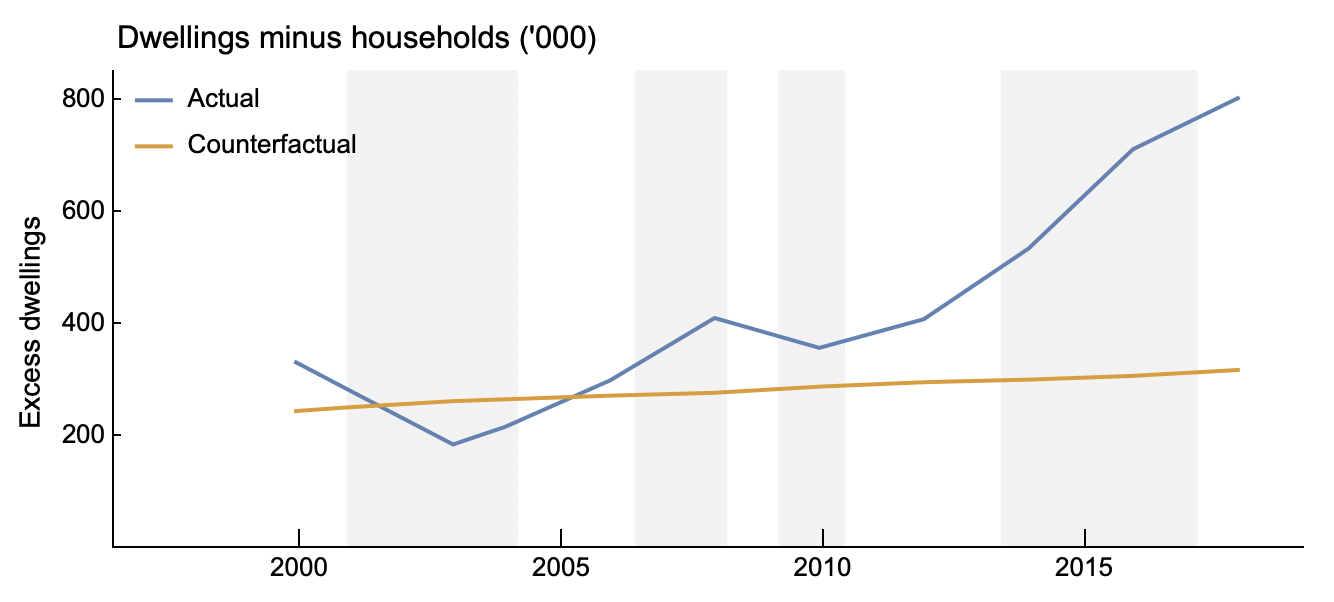Let’s retire this debate and the endless word-games.
A Job Guarantee (JG) is a way to guarantee a certain income level to anyone willing to do tasks that some administrator decides are good.
A Universal Basic Income (UBI) is a way to guarantee a certain income level to anyone willing to do any task they decide is good.
We know that many JG advocates simply want to give people money for doing what they would do anyway if their income was guaranteed. They just have dogmatic beliefs about the dignity of work and the word "job."
Here’s Bill Mitchell saying that you would eventually do whatever you liked in the JG (my emphasis).
The Job Guarantee in fact provides a vehicle to establish a new employment paradigm where community development jobs become valued. Over time and within this new Job Guarantee employment paradigm, public debate and education can help broaden the concept of valuable work until activities which we might construe today as being “leisure” would become considered to be “gainful” employment.If we are going to be this lenient and generous with the definitions of a job, why bother at all? How about being a parent, carer, child, or just a citizen? Why aren’t these “jobs”? And if they are, aren't you just advocating for a guaranteed basic income of sorts?
So I would allow struggling musicians, artists, surfers, Thespians, etc to be working within the Job Guarantee. In return for the income security, the surfer might be required to conduct water safety awareness for school children; and musicians might be required to rehearse some days a week in school and thus impart knowledge about band dynamics and increase the appreciation of music etc.
Further, relating to my earlier remarks – community activism could become a Job Guarantee job. For example, organising and managing a community garden to provide food for the poor could be a paid job. We would see more of that activity if it was rewarded in this way. Start to get the picture – we can re-define the concept of productive work well beyond the realms of “gainful work” which specifically related to activities that generated private profits for firms. My conception of productivity is social, shared, public … and only limited by one’s imagination.
In this way, the Job Guarantee becomes an evolutionary force – providing income security to those who want it but also the platform for wider definitions of what we mean by work!
The inflation concerns that JG advocates claim to have with a UBI are nonsense. They are just backfilling excuses. Obviously, most JG jobs wouldn’t in be sectors where output is priced, so wouldn’t enter inflation calculations anyway. Just like my housework isn’t priced, but could be if supplied by the market, a JG that includes my own housework would have no effect on reducing inflationary pressures.
Further, isn’t the insight of MMT that you might have to tax to reduce demand sometimes? In which case, a UBI can be easily designed to include taxes so that it redistributes in a way that doesn’t create demand-pull inflation.
Oh, and then there are people wouldn't participate in the JG anyway, like children, the elderly and the disabled. They would have to just get money anyway.
So let’s retire the debate. Yes, the government can be a money-creator if it wants. There are only real constraints. So let’s now talk about funding things that we think are important for society over things that are not. Let's talk about practical ways to redistribute income and wealth. Let’s get our priorities right and forget the word-games.
Further, isn’t the insight of MMT that you might have to tax to reduce demand sometimes? In which case, a UBI can be easily designed to include taxes so that it redistributes in a way that doesn’t create demand-pull inflation.
Oh, and then there are people wouldn't participate in the JG anyway, like children, the elderly and the disabled. They would have to just get money anyway.
So let’s retire the debate. Yes, the government can be a money-creator if it wants. There are only real constraints. So let’s now talk about funding things that we think are important for society over things that are not. Let's talk about practical ways to redistribute income and wealth. Let’s get our priorities right and forget the word-games.
UPDATE: Despite all these nice words that have attracted many supporters to MMT, it turns out Bill Mitchell would like to scrap unemployment insurance from the welfare state and force people to take a JG job. He definitely does not want to give people money without workfare.













